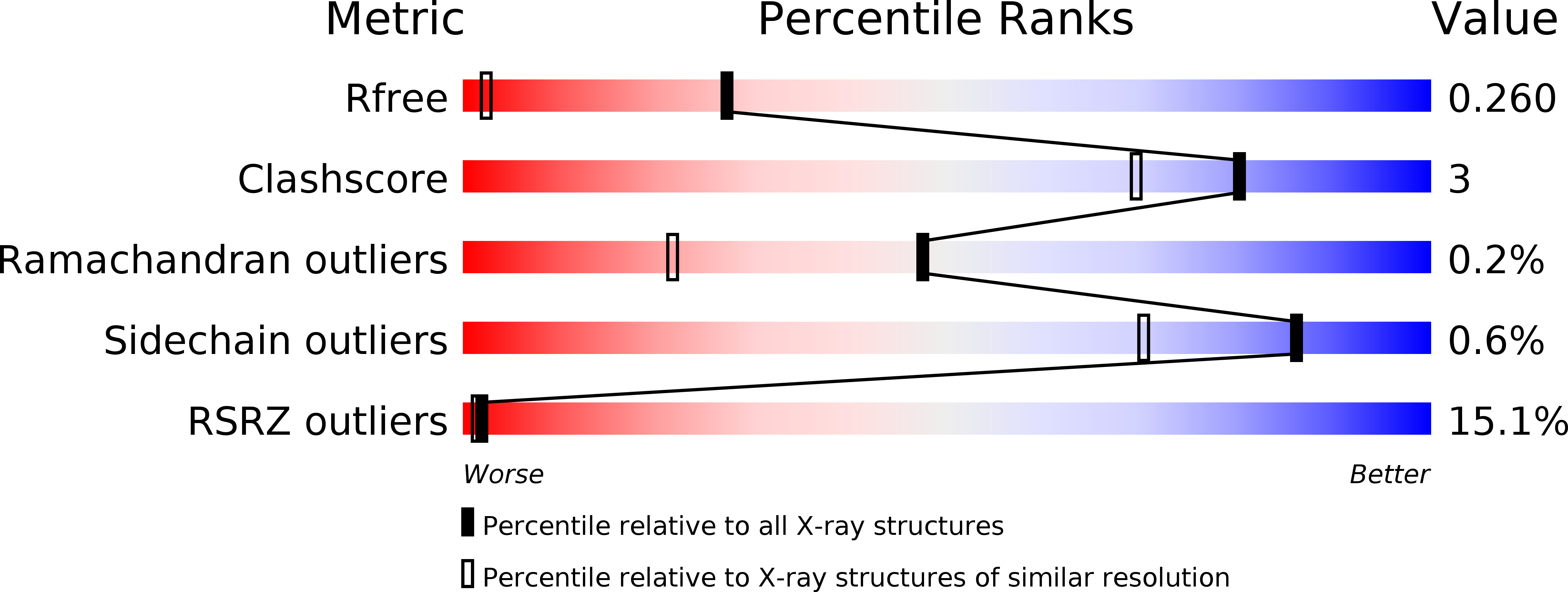
Deposition Date
2013-12-03
Release Date
2014-04-16
Last Version Date
2023-11-08
Entry Detail
PDB ID:
4NU3
Keywords:
Title:
Crystal structure of mFfIBP, a capping head region swapped mutant of ice-binding protein
Biological Source:
Source Organism:
Flavobacterium frigoris PS1 (Taxon ID: 1086011)
Host Organism:
Method Details:
Experimental Method:
Resolution:
1.40 Å
R-Value Free:
0.25
R-Value Work:
0.22
R-Value Observed:
0.22
Space Group:
P 1


